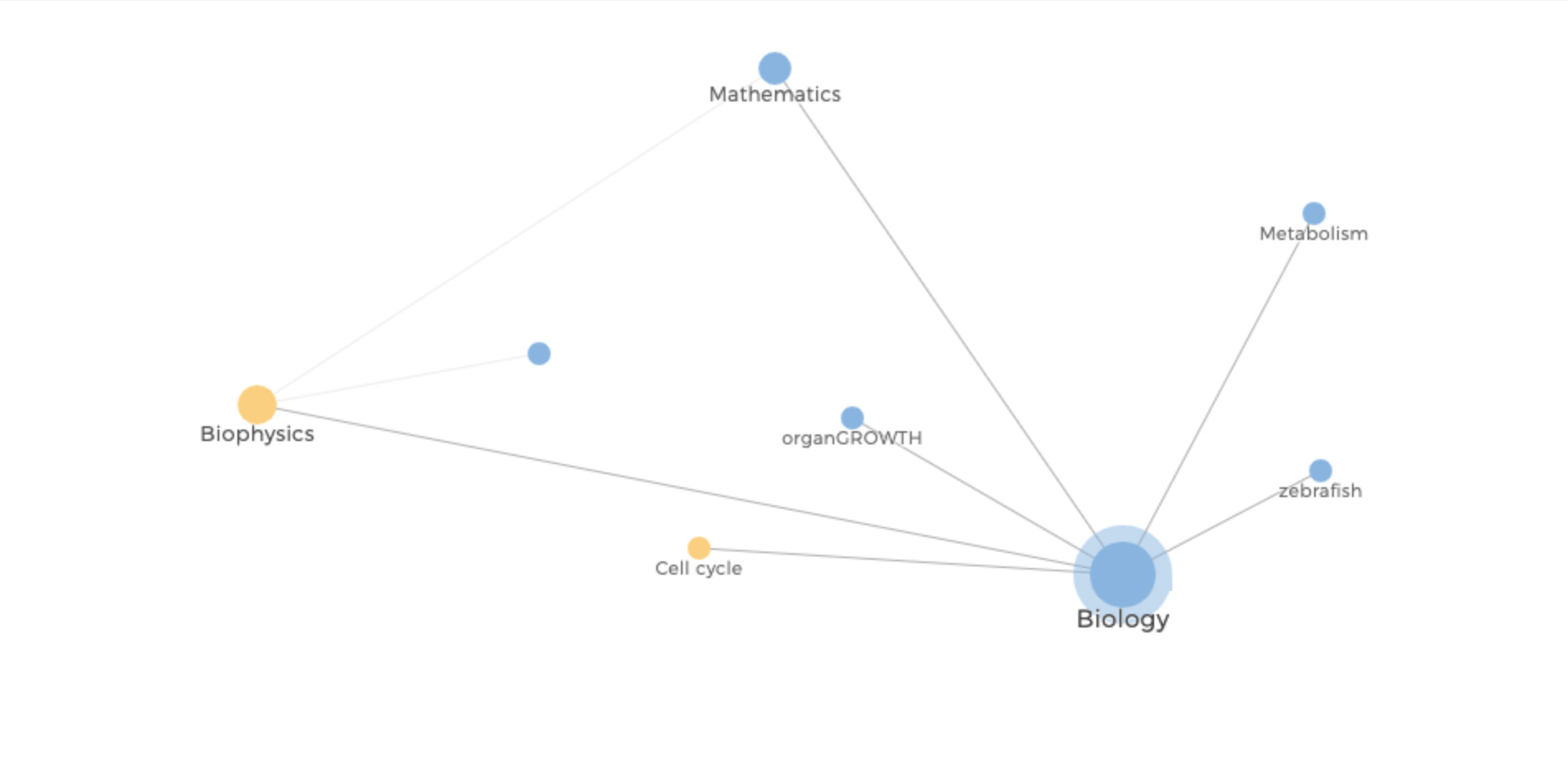The MPI-CBG has developed a non-departmental structure: While traditionally, Max Planck Institutes are divided into departments, we abolished this dividing structure and established an interactive network of research groups. All research group leaders are independent, receive a defined package of support, and have a defined amount of space.
Mechanisms of Nuclear Self-Assembly
Research Page
Self-organization of cells into organ communities
Research Page
Physics of Life
Research Page
Self-Organization of Multicellular Systems
Research Page
© Z Goriely
Research PageAlgebraic Systems Biology
Research Page
Tissue regeneration and its deregulation in disease
Research Page
© Sven Döring
Research PageOrganization of Cytoplasm
Research Page
Algebraic Statistics for Biology
Research Page
Biophysical Principles of Vertebrate Growth
DRESDEN-concept Research Group Leader MPG / TUD
Research Page
Network Complexity and Systems Biophysics
Research Page
Membrane Chemical Biology - Spotlight on lipids
Research Page
Mechanisms of translational control during embryogenesis
Research Page
Energetics of Biological Systems
Research Page
Scientific Computing for Image-based Systems Biology
Research Page
Mass Spectrometry in Life Sciences
Research Page
Cell biology and dynamics of skull growth
Research Page
Patterns of gene expression in animal development
Research Page
Protein plasticity and evolution
Research Page
Stembryogenesis
Research Page
Principles of cell and tissue organization: from endocytosis to a systems understanding of liver structure and function
Research Page

Mechanisms and Modulation of Solute Carriers
Research Page
Genome editing as a platform for understanding the restructuring of cell organisation in development
Research Page
© Private
Selective Neuronal Vulnerability in Neurodegenerative Diseases
Co-affiliation: DZNE-German Center for Neurodegenerative Diseases